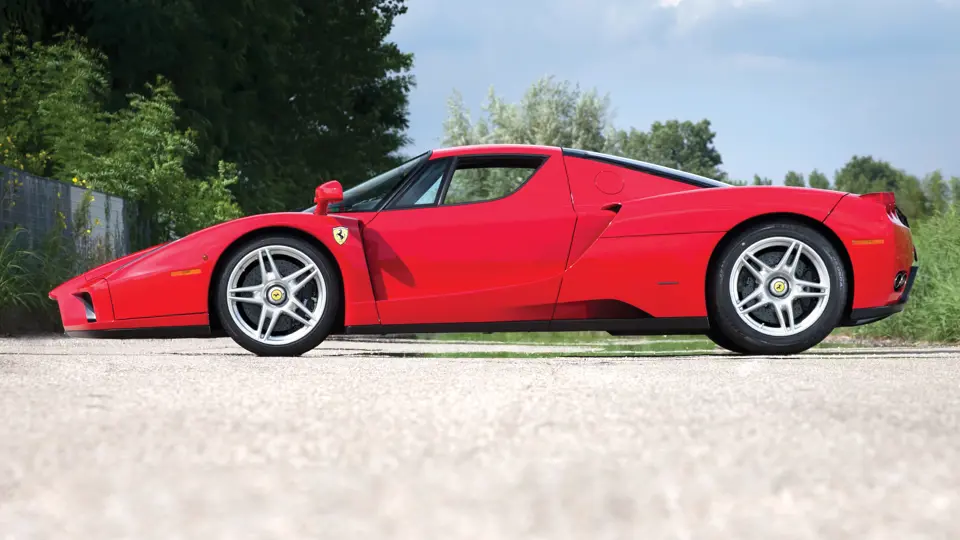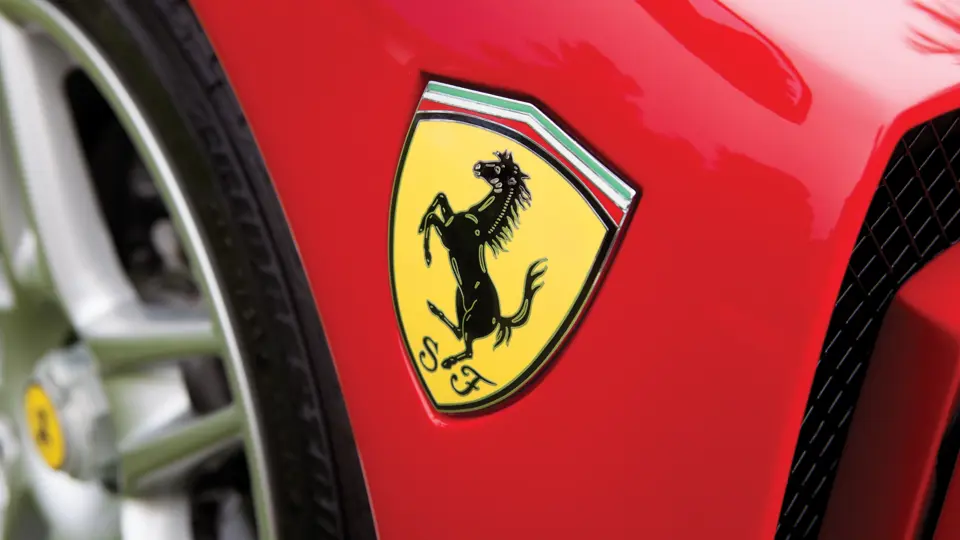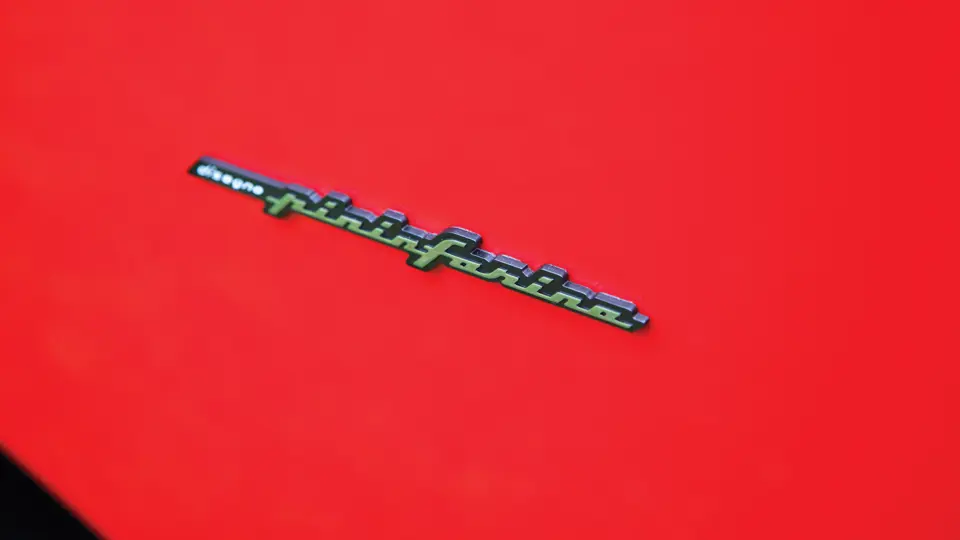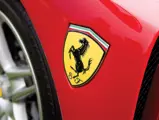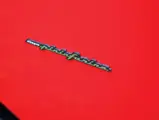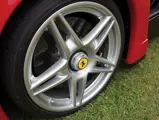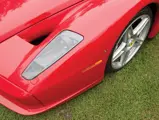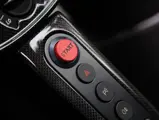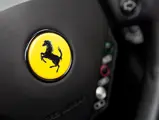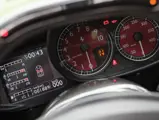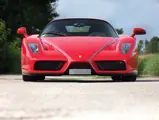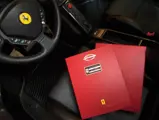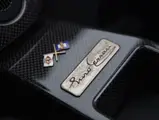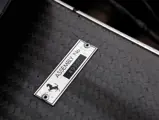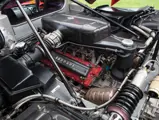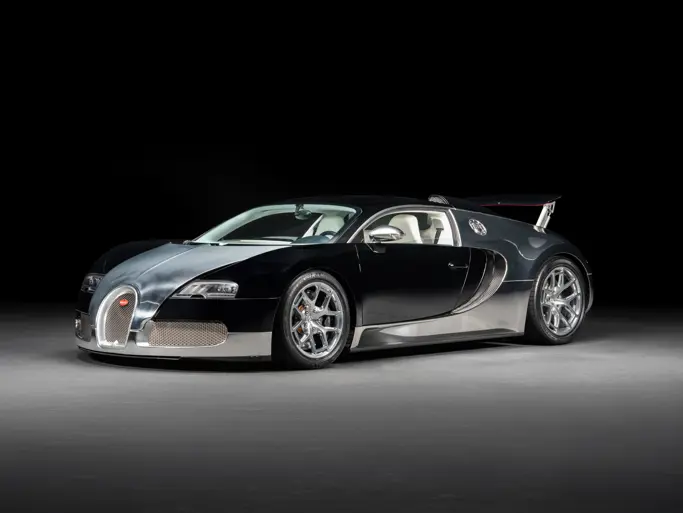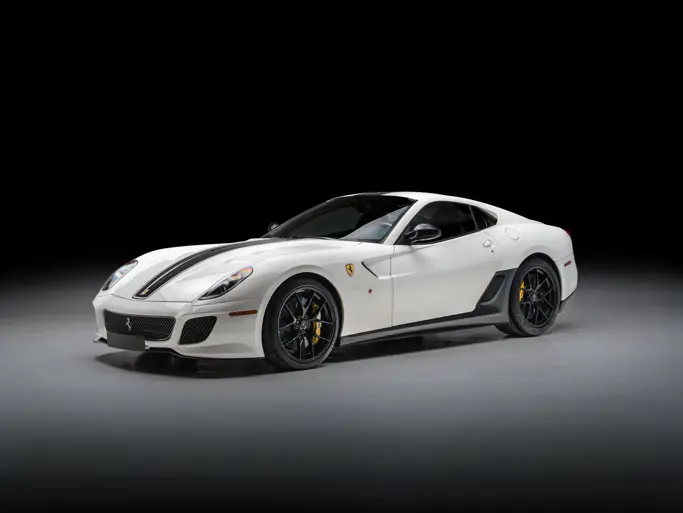660 bhp, 5,998 cc DOHC 65-degree V-12 engine with Bosch Motronic engine management and electronic fuel injection, six-speed automated manual F1 gearbox, limited-slip differential and traction control, front and rear pushrod-actuated double wishbones with horizontal external reservoir coil-spring damper units, and four-wheel ventilated carbon-ceramic disc brakes. Wheelbase: 2,649 mm
Coming into the 21st century, the successor to Ferrari’s F50 certainly had big shoes to fill. The 288 GTO, F40, and F50 before it were all world-class supercars that were undoubtedly the most ground-breaking and desirable supercars in the world when they were introduced, and they have proceeded to become icons of their respective eras. There was no question that Ferrari would hope to repeat this with their next supercar. Once again, Ferrari would turn to lessons learned in the crucible of motorsport through their F1 team, a team that had just taken their second consecutive Drivers’ and Constructors’ World Championships and were well on their way to a third, which had inspired them to build the most incredible car in their company’s illustrious history. The Enzo was unveiled at the Paris Auto Show in September 2002. It would be the most radical and innovative supercar the company ever produced, and it would prove to be a worthy successor to the supercars that came before.
The Enzo, named for the founder of the company, was a tour de force of engineering and design, which relied just as heavily on lessons learned in the last decade of the company’s road cars as it did from lessons learned within the Formula One program. The Enzo was a car in the making, and Ferrari’s own engineers spent countless hours carefully sculpting the car’s design in order to maximise both available downforce and top speed. The interior, awash in carbon fibre, perfectly symbolised Ferrari’s attention to detail in terms of weight saving and its focus on the act of driving. Nothing inside the car’s cabin could distract the driver from the task at hand. Aside from its leather bucket seats, the car’s only luxury was a climate-control system.
At the Enzo’s heart was its 660-horsepower, Tipo F140B, naturally aspirated V-12 engine, which was an all-new unit developed specifically for use in this car. This engine, coupled with the Enzo’s Formula One-derived, six-speed, sequential F1-style gearbox, made the car blast from 0–60 in 3.6 seconds, thanks in part to lightning-quick 150 millisecond gearshifts. With a stretch of tarmac long enough, the Enzo could accelerate to an astonishing 218 mph, making it the fastest road car Ferrari had ever produced at the time. Of course, the car’s carbon-ceramic brakes were on par with its performance, and the Enzo could grind to a halt from 80 mph in just 188 feet. Compared to its main rivals at the time, Porsche’s Carrera GT and the Mercedes-Benz SLR McLaren, the Enzo boasted better performance, lower production numbers, and arguably better looks, making it the most desirable of the trio.
Only 349 Enzos were produced, and buying one was indeed a privilege. As only a handful of Enzos would be produced, Ferrari invited only their best existing owners to purchase the car, ensuring that their best clients would be rewarded for their loyalty to the Scuderia and not those who just had the ability to purchase such a car. As a result, all of the 349 cars were spoken for before production began. After numerous requests from clients around the globe, Ferrari added an additional 50 invited owners and cars to that list, making for a total of 399. However, a 400th Enzo was presented to Pope John Paul II as a gift, and it was later auctioned for charity on his behalf.
This particular Enzo, chassis number 132653, was produced in 2003 and then delivered to its first and only owner, who was located in the car’s native Italy. It was finished in Rosso Corsa over a Nero leather interior, the quintessential colour combination for the Enzo, and it has travelled less than 1,900 kilometres from new, making it arguably one of the lowest mileage examples in existence. Its single custodian has taken every measure to preserve its impeccable condition, and the car retains all its original books and tools, as well as its original factory car cover.
It is also important to note that this Enzo has been certified by Ferrari Classiche, further authenticating the car’s mechanical conformity. Whilst normally only available for Ferraris that are more than 20 years old, Ferrari will also grant Classiche certification to competition cars, Formula One single-seaters, and limited-production road cars of any age. Recently, the Enzo received a full service from official Ferrari dealership Graypaul Nottingham in the United Kingdom to further ensure that it will be ready for road use in preparation for its next owner.
The Enzo was an instant collectible when it was new, and it has only become more desirable to collectors in recent years. It is undoubtedly the most collectible Montezemolo-era Ferrari that has ever been built. Whilst production on the Enzo ended nearly 10 years ago, its performance is still considered to be world-class, and there is no doubt that it will go down in history as one of the most incredible and ground-breaking supercars ever built. Even within the illustrious history and scope of the company itself, the Enzo was constructed during what was arguably the company’s best moment in history, at a time when it was selling more road cars than ever, winning more races than ever in Formula One, and successfully incorporating technology from the Formula One team into its production cars.
For the serious Ferrari collector, ownership of an Enzo is definitely a necessity, as the car combines a breath-taking design with incredible driving characteristics, and it has already proven that it will become a future classic. It would surely please the most demanding of collectors, and it would certainly be the centrepiece of any collection of modern supercars.




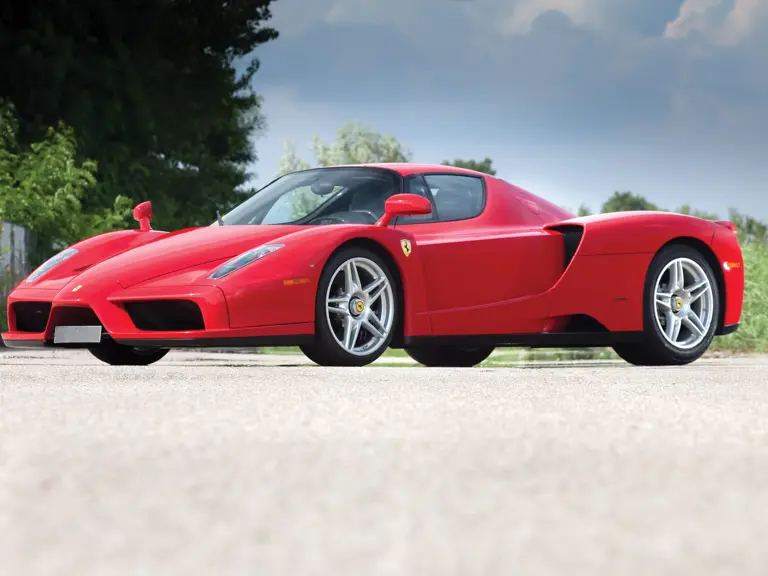
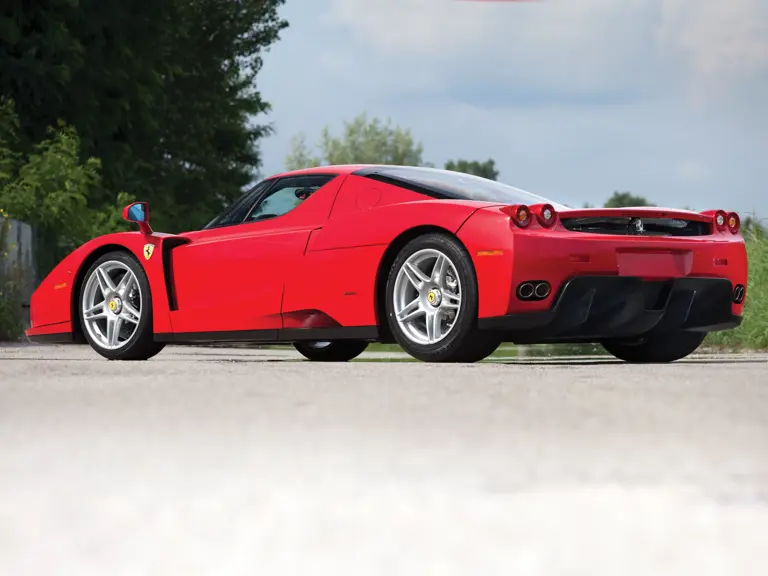
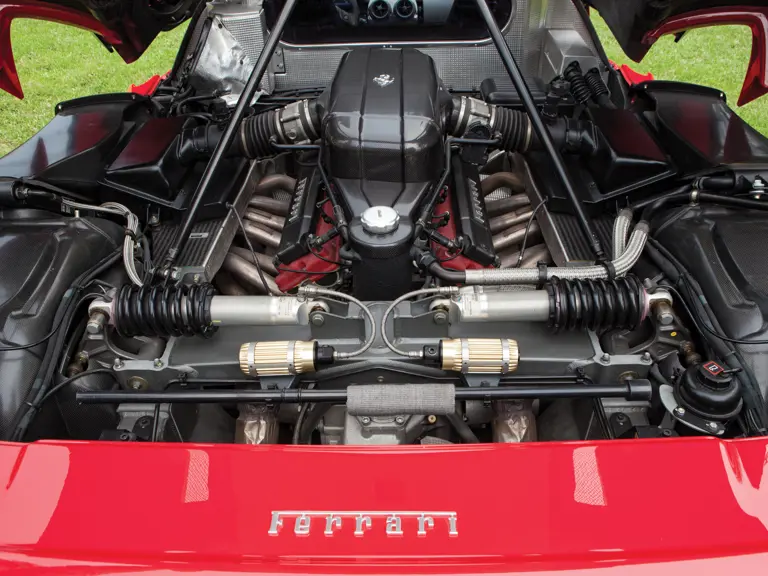
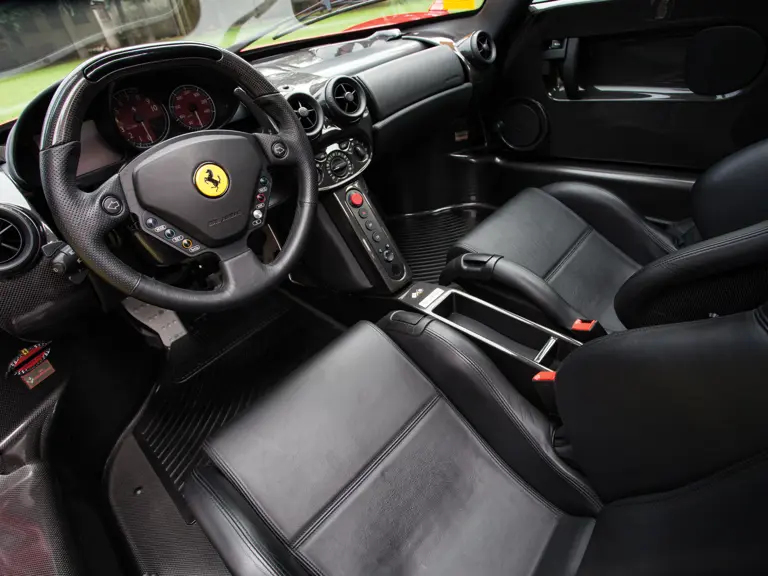
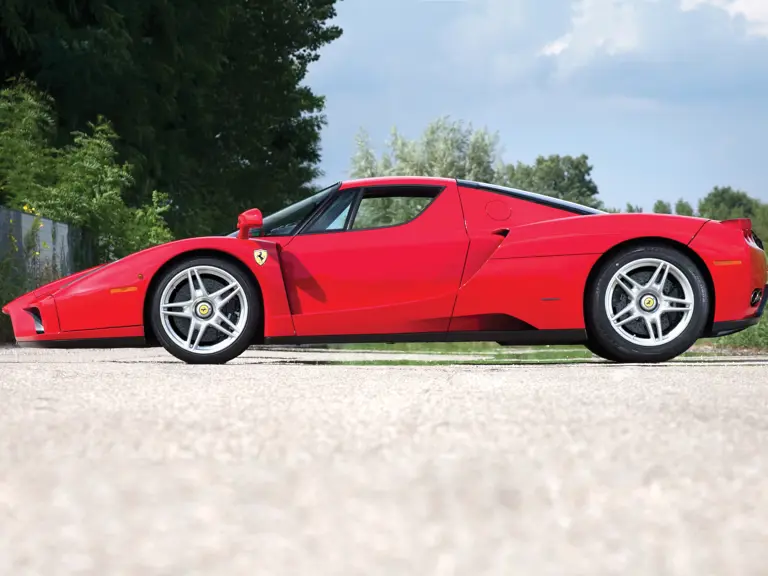

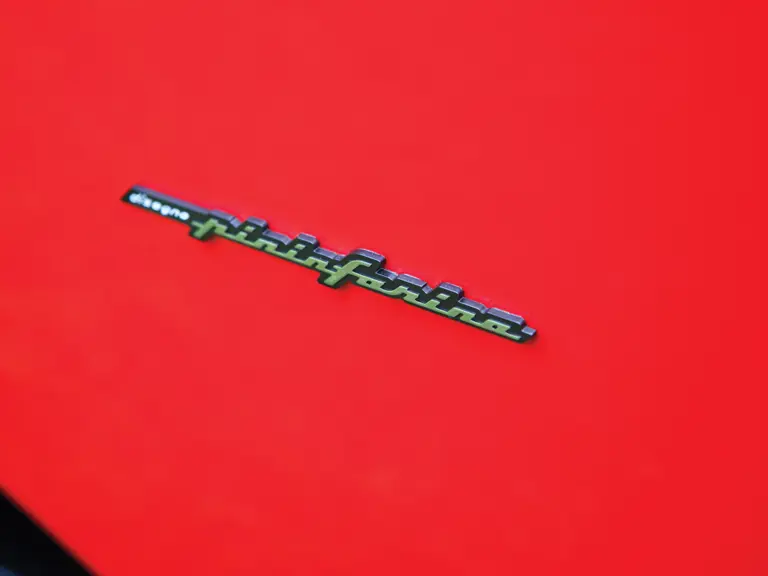
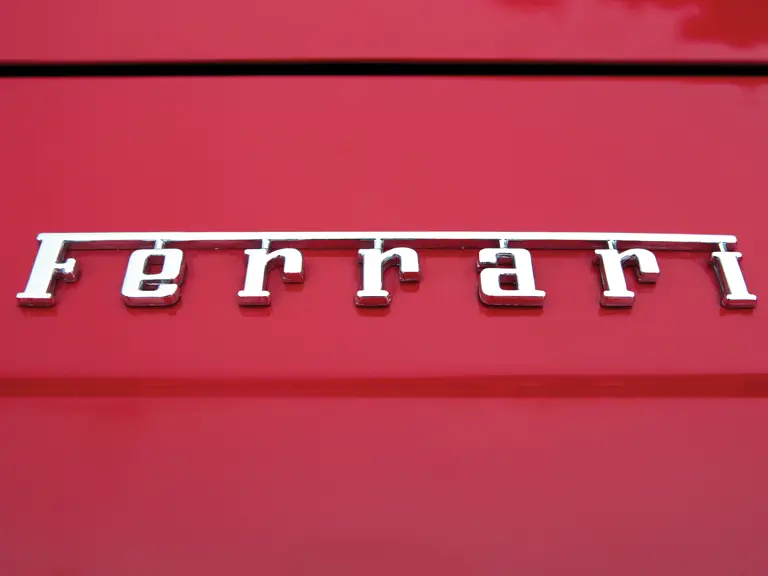
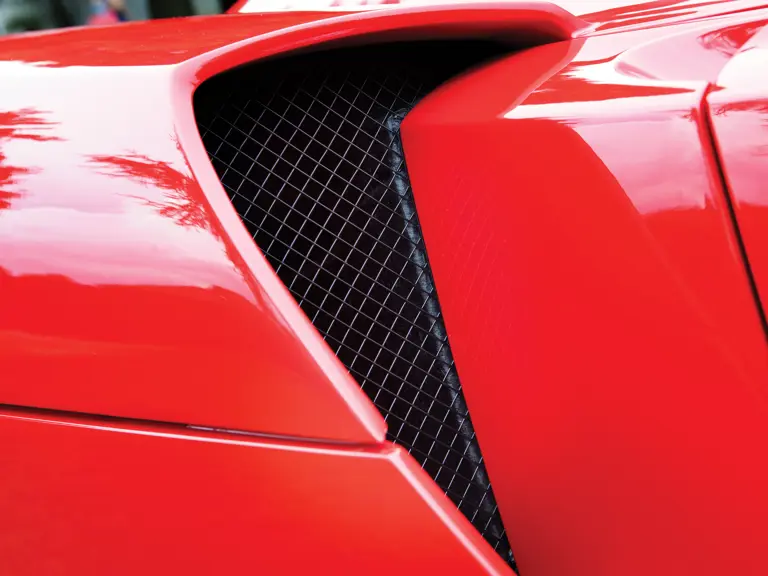
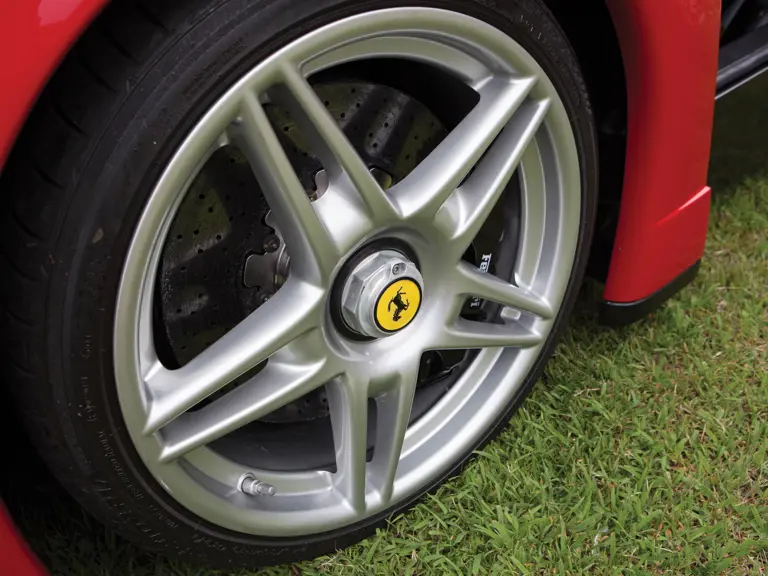
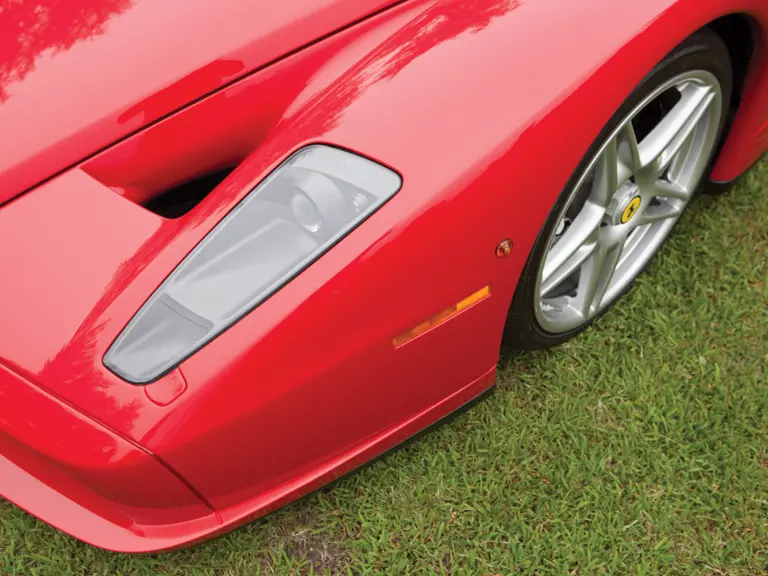
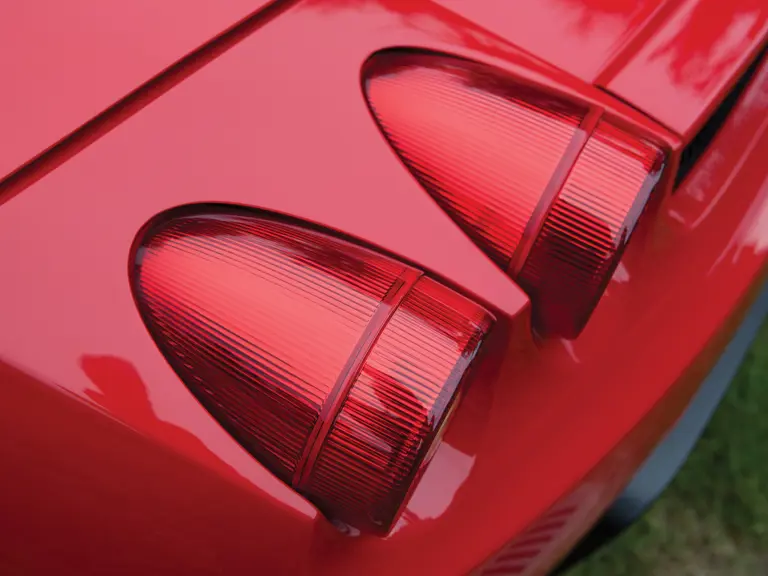
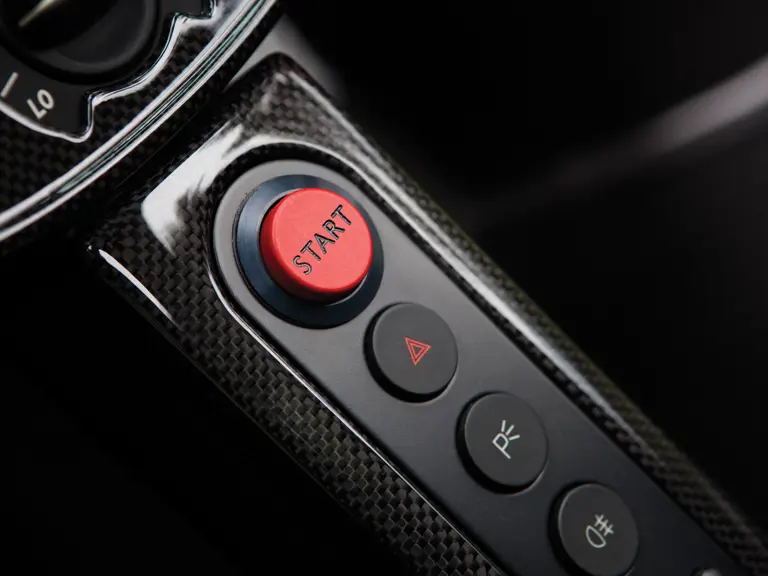

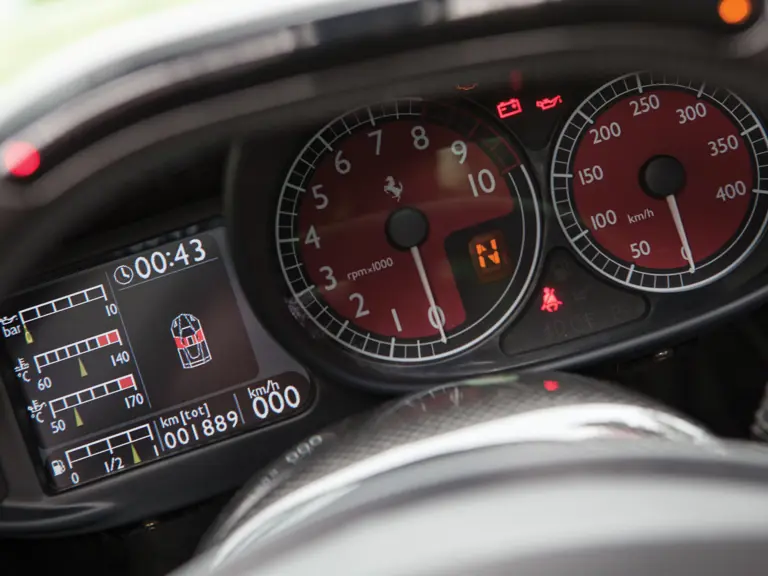
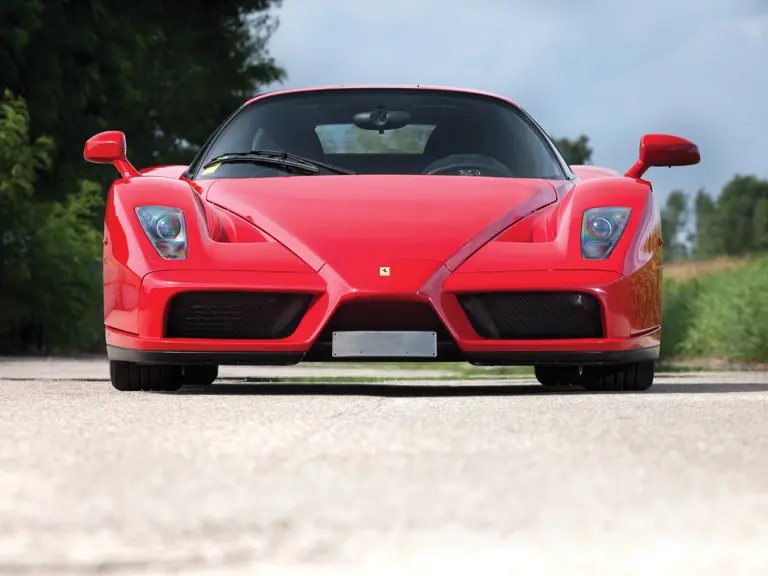
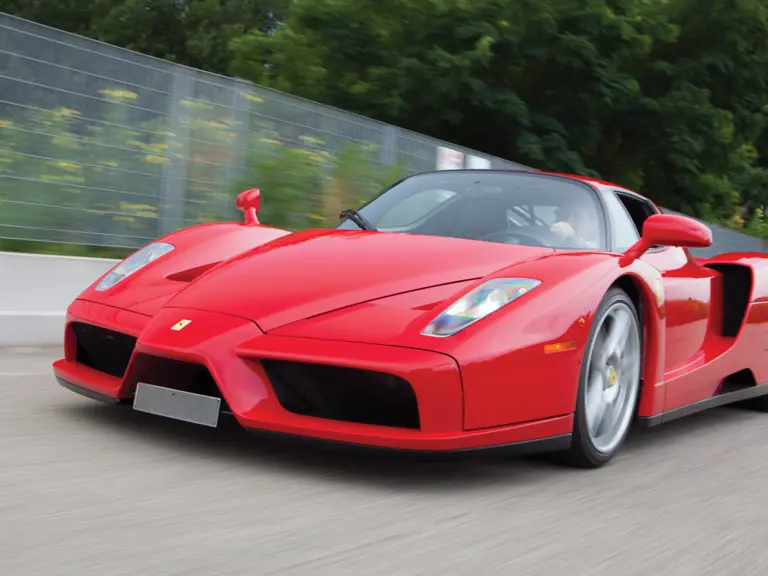
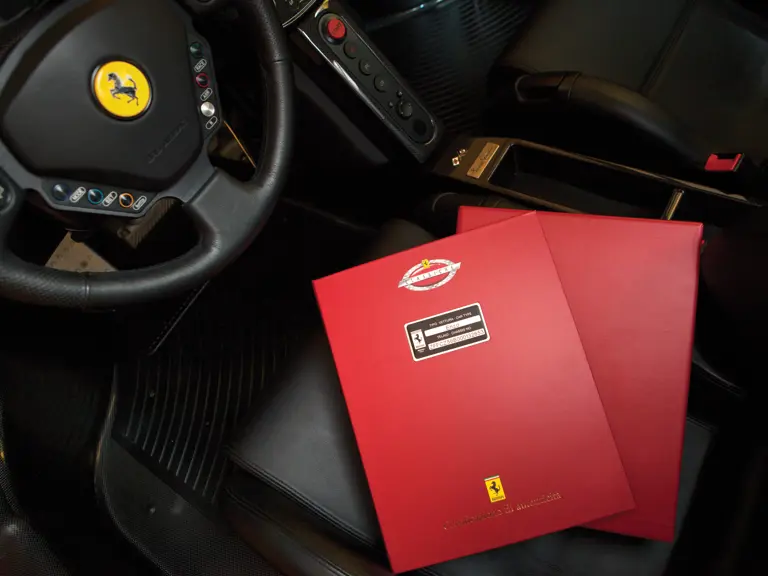
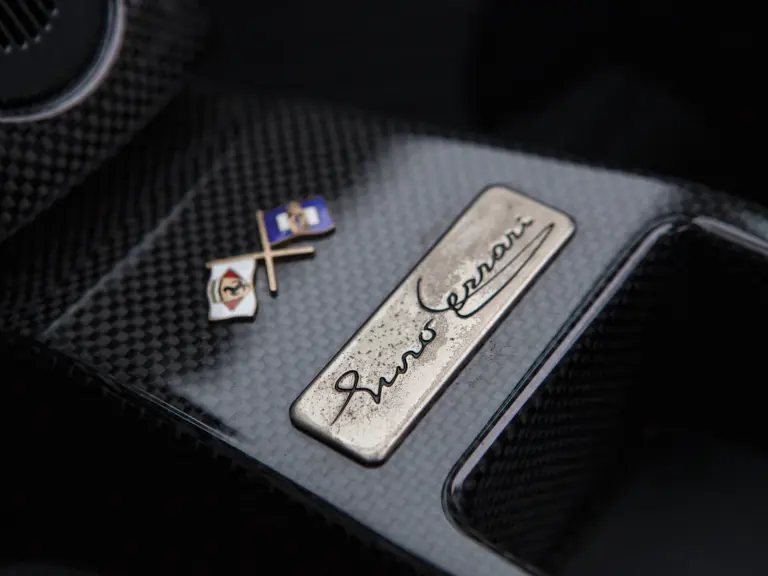
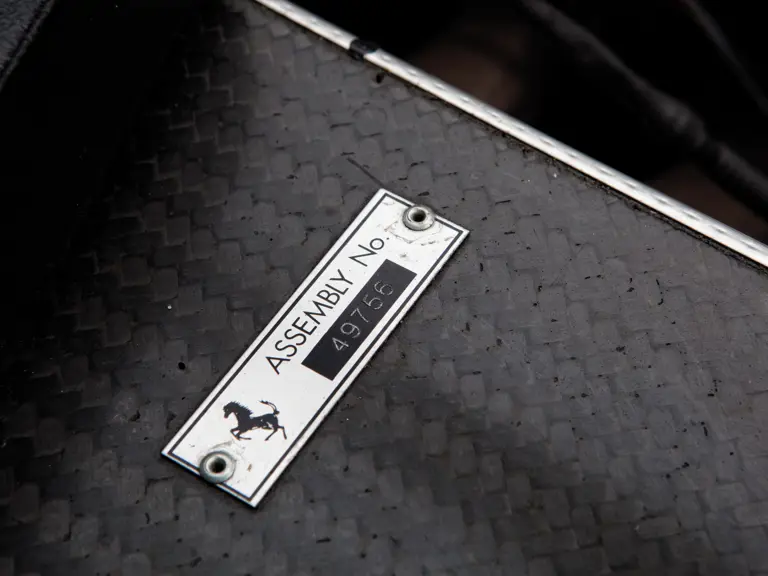
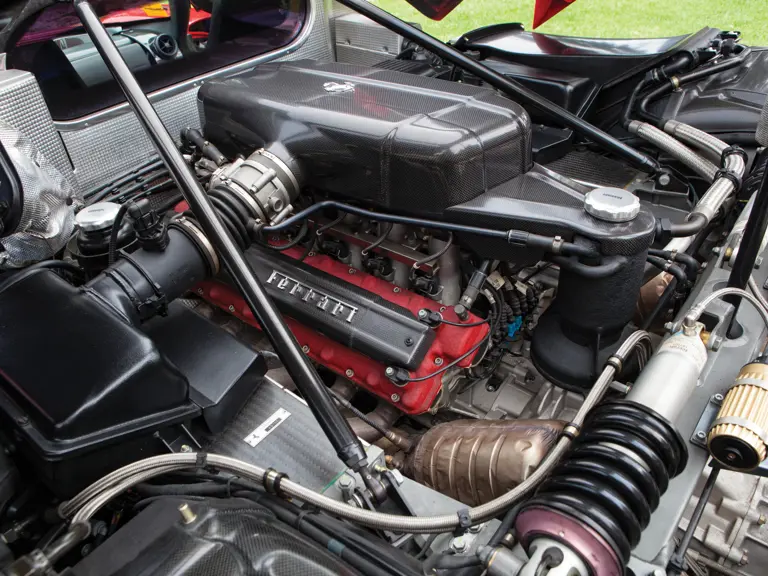

 | London, United Kingdom
| London, United Kingdom
